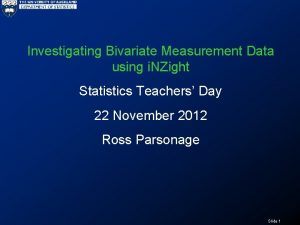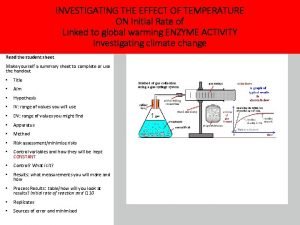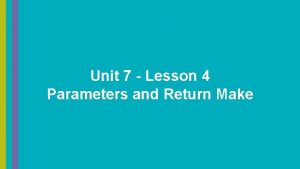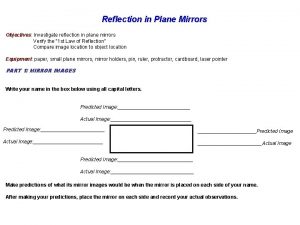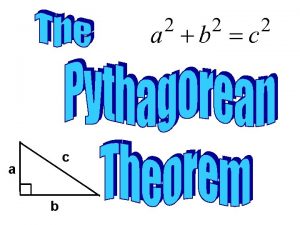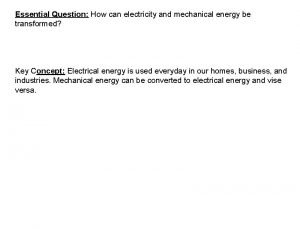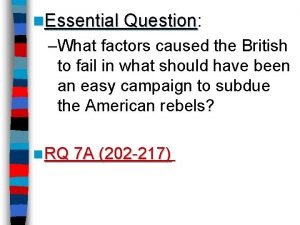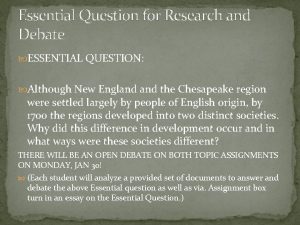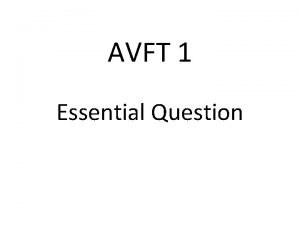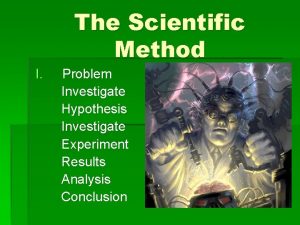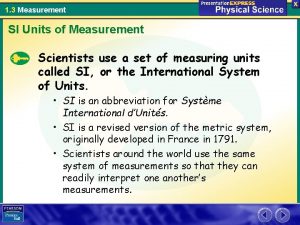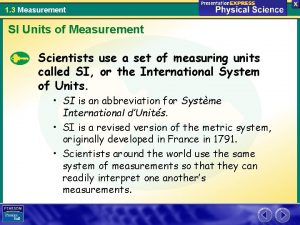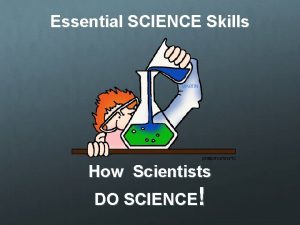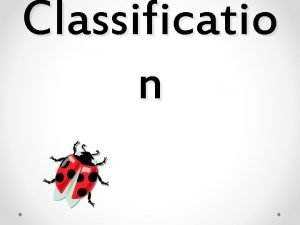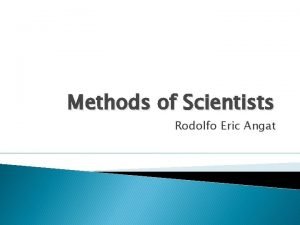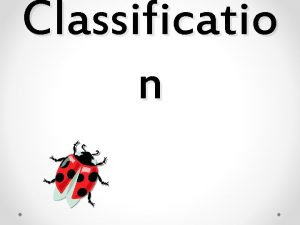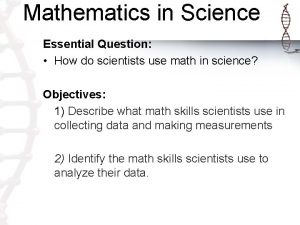Measurement 1 Essential Question How do Scientists investigate























- Slides: 23

Measurement 1

Essential Question �How do Scientists investigate the natural world? �Why is a standard measurement system important? �What are some SI units? 2

� In 2006 in Maui, Hawaii, a surfer rode the biggest wave on record: a 21 -meter-tall wall of water! over 65 feet! � In the winter of 1909 a severe cold front hit the East Coast, including Florida. Tallahassee holds the record for the coldest temperature in the state: -19°C. � Growers compete every year for the heaviest pumpkin in the United States. The 2010 winner weighed more than 821. 24 kg (kilograms). 1810. 5 lbs. 3

The International System of Units (SI). �The metric system is a system of measurement based on the number 10. �Modern scientists use a version of the metric system called the International System of Units, or SI. �Using SI as the standard system of measurement allows scientists to repeat experiments, compare data and communicate with each other about their results. 4

Metric Rulers �Metric rulers are fairly easy to read. They deal with centimeters and millimeters only. �A meter (m) is the basic SI unit used for measuring length. 5

Let’s take a look at a Metric Ruler. �The larger lines with numbers are centimeters, and the smallest lines are millimeters 6

Let’s practice measuring in cm. 7

Let’s practice measuring in cm with decimals. 8

Temperature How cold can we go? �Temperature is the average energy of the movement of atoms. �The slower they move, the cooler the temperature. �So if movement defines temperature, when movement stops, that’s the coldest temperature can get! �That temperature is called absolute zero because that is absolutely as cold as you can go. 9

Temperature Scales Which thermometer is Kelvin? Which is Celsius? What is the freezing point of water on the Kelvin thermometer? What is the boiling point of water on the Kelvin thermometer? 10

Absolute Zero: �The Kelvin scale, named after Lord Kelvin who proposed it, sets zero at absolute zero, the temperature where all atoms stop moving. (Important to note the electrons in the atoms never stop!) The Kelvin scale is the basis for the SI temperature units. Stand at absolute zero men! 11

Let’s practice reading temperature in Celsius. 12

Conversions for Volume This table shows how to convert between the volume of solids and the volume of liquids. Meniscus! 13

Let’s practice reading volume in ml 14

How can you determine the volume of odd shaped objects? �You can determine the volume of the model by measuring how much water it displaces. Initial minus final = volume of object. (cm 3) 15

Conversions for Mass �In SI, the basic unit for measuring mass is the Hey! kilogram (kg). Don’t make fun of my mass or my weight! 16

Triple Beam Balance (g) Make it balance & add the three! 17

MASS vs. WEIGHT �MASS: is constant An object has mass if. . . it takes up space. �WEIGHT: is a force that depends on gravity Most of the devices we use to measure mass are actually measuring the force that gravity has on the mass. Without gravity these can’t work. 18

Which is heavier kids? One KILOGRAM of Feathers or One KILOGRAM of Lead Neither! They are the same , you are measuring weight which depends on gravity. 19

Finding density takes only 3 easy steps! �Step 1: obtain the weight of object. Grams is preferred. Step 2: obtain the volume of the object. Measure volume as milliliters. Step 3: Calculate density by dividing weight (mass) by the volume. 20

Time You’re fast partner! The second is the SI unit to measure time. 60 seconds in a minute. 60 minutes in an hour. 21

Common SI Prefixes The metric system is used to measure things like length, mass, and volume. How would you complete the chart of SI prefixes? Kilo (k) Hecto (h) 0. 1 0. 01 millimeter 22

Let’s Play! Oooo measure the TOYS!! Oooo Calculate the volume and density of the TOYS!! Oooo Treat the toys with RESPECT!!! 23
 Investigate bivariate measurement data
Investigate bivariate measurement data Level 3 questions examples
Level 3 questions examples How to calculate initial rate of reaction
How to calculate initial rate of reaction How to investigate a problem
How to investigate a problem Lesson 4 parameters and return make
Lesson 4 parameters and return make Investigate reflection
Investigate reflection Who does creon tell oedipus to send for?
Who does creon tell oedipus to send for? Characteristics of lipids
Characteristics of lipids Pythagorean theorem essential questions
Pythagorean theorem essential questions The art of asking essential questions
The art of asking essential questions Language
Language The cornell way
The cornell way Essential questions for figurative language
Essential questions for figurative language Essential question for multiplication
Essential question for multiplication Formula hipotenusa triangle rectangle
Formula hipotenusa triangle rectangle Poetry essential questions
Poetry essential questions Individual vs society
Individual vs society Essential question gif
Essential question gif Essential question generator
Essential question generator Cornell notes essential question
Cornell notes essential question Context clues of essential
Context clues of essential Internal and external character traits
Internal and external character traits Closed question
Closed question Compelling questions
Compelling questions
